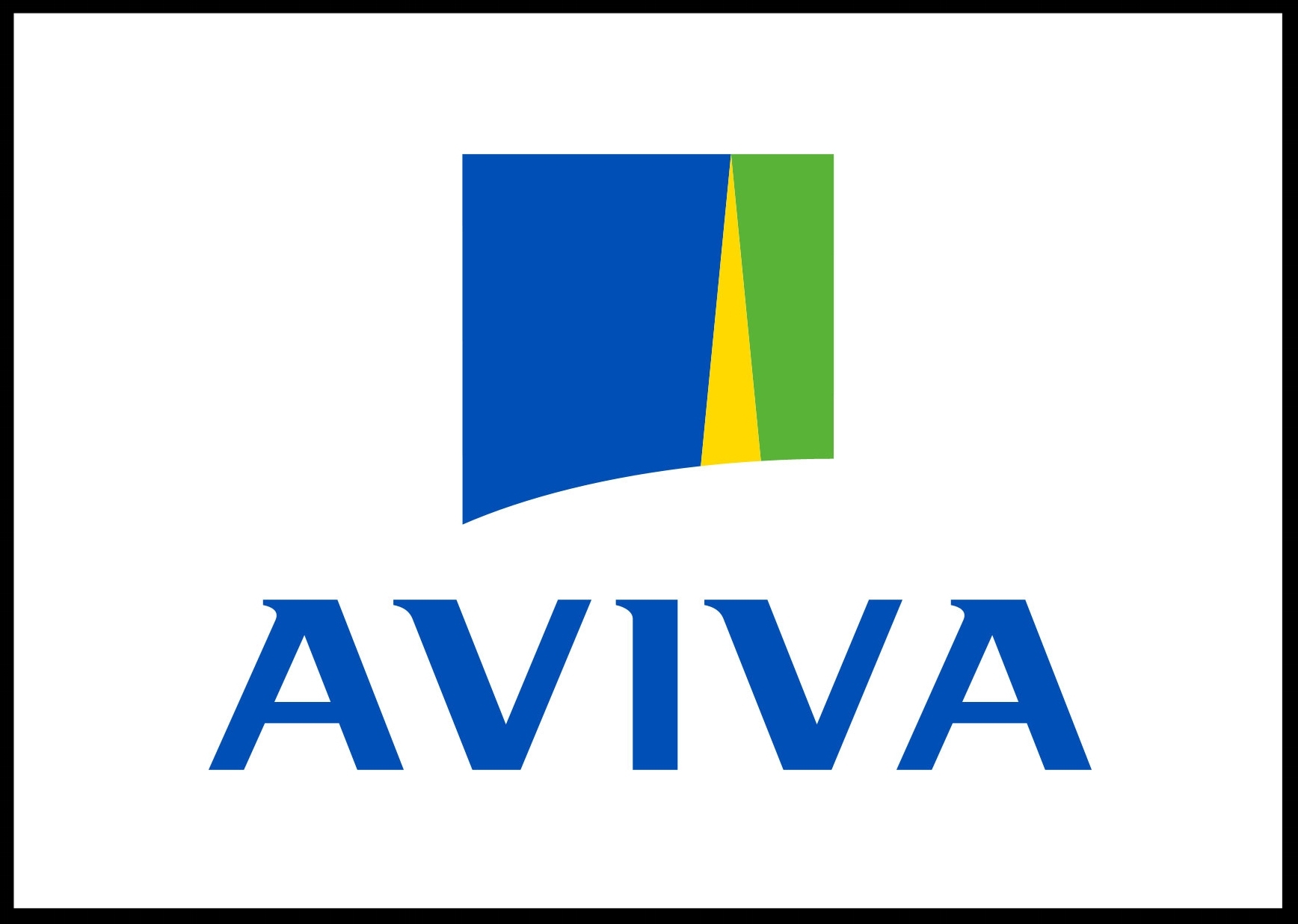Health professionals use milestones, among other things, to monitor your baby’s progress. “Normal” is a broad range, so try not to get too hung up on specific numbers. Sometimes, delays in hitting milestones can be down to mechanical reasons such as tight muscles. In these cases, your osteopath may be able to help.
Head control
From the first few days and weeks of life, baby will begin to show interest in holding their head up. At first, this is only really possible when they are positioned upright and their head is easily balanced. With time and practice, they will begin to be able to turn both ways when upright or laying down. Around the same time, they’ll start getting stronger and find it easier to lift their head from more reclined positions.
Some babies struggle to turn both ways. It might be a subtle problem, as they might be able to function without going into their unfavoured side. For breastfed babies, the first sign might be that they are less efficient or tolerant of feeding on one side. You might also notice that when you lay baby on their back, they always turn the same way. Repetitive pressure on the same area of the head can lead to a flat spot. You can read more about plagiocephaly here.
The restriction of neck rotation can be due to torticollis. This is a condition that can be present from birth, or might arise later on. Tightness in a muscle on the front and side of the neck can limit movement in much the same way we suffer from a cricked neck in adulthood. This tightness is usually quite a simple problem that is well within your osteopath’s remit.
Sitting
Although sitting sounds quite straight forward, there are a few common issues that can arise. Practice often makes perfect, so ensuring baby has time to work on sitting, in a lace where falling over won’t cause an injury is important. A good selection of toys or anything that they might want to safely explore will help with motivation.
Some babies throw themselves back when they get into a sitting position. Typically, this is due to an imbalance in strength between the muscles on the back and the abdomen. These babies might be really good at tummy time and have great head control. As a result, they might be reluctant to sit, and prefer to spend more time on their front, which means their sitting doesn’t improve.
Your paediatric osteopath can help to encourage your baby to work on their core muscles during appointments. We can also give you ideas of how to help their development at home.
Becoming Mobile
Not all babies crawl before they walk and stand. “Bum shuffling” is the preferred method of getting around for about 20% of babies, and is nothing to worry about. Crawling, shuffling, and standing to walking require strength in a lot of different muscle groups. This is achieved from building on previous milestones and again: plenty of practice.
You might notice that your baby seems to be continuously struggling with particular movements. These might be transient, or they might be limiting or affecting their ability to get to the next step. If this seems isolated, your osteopath can assess your baby and offer advice.






